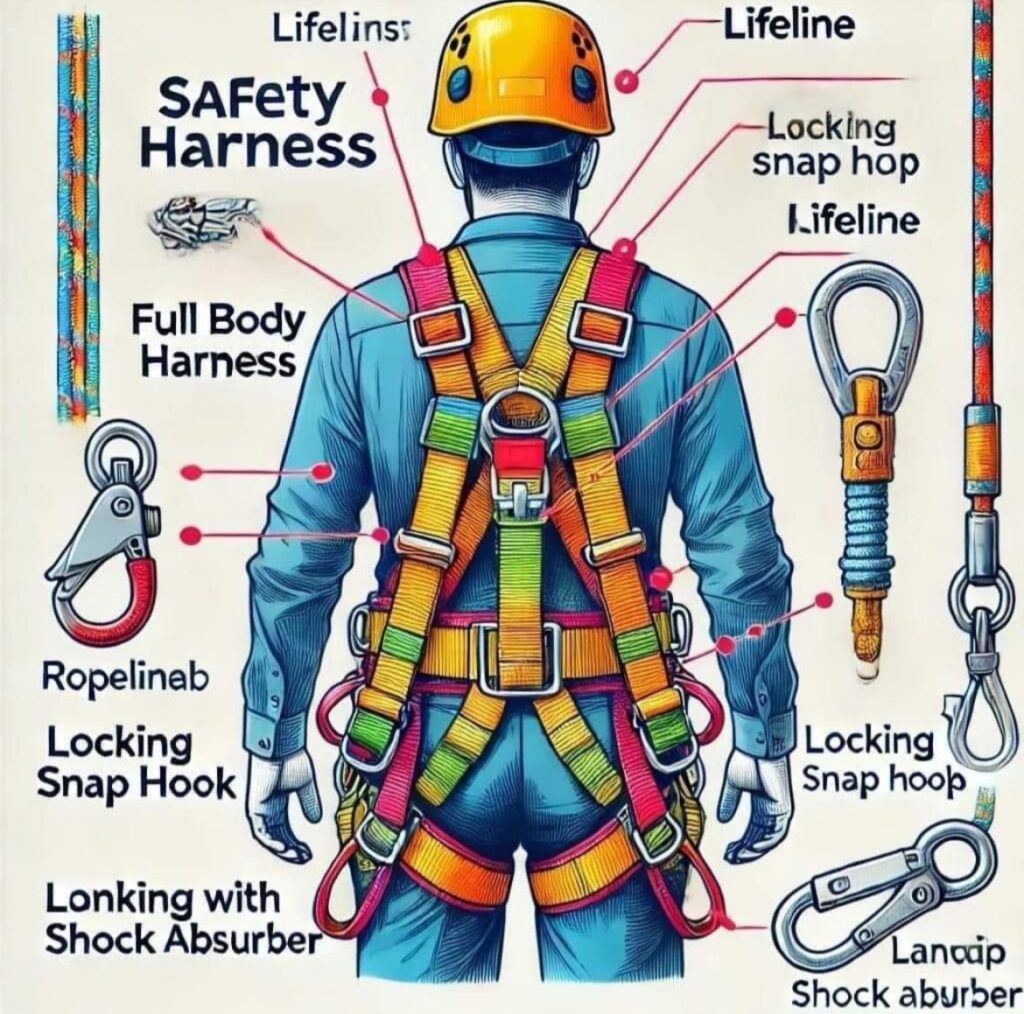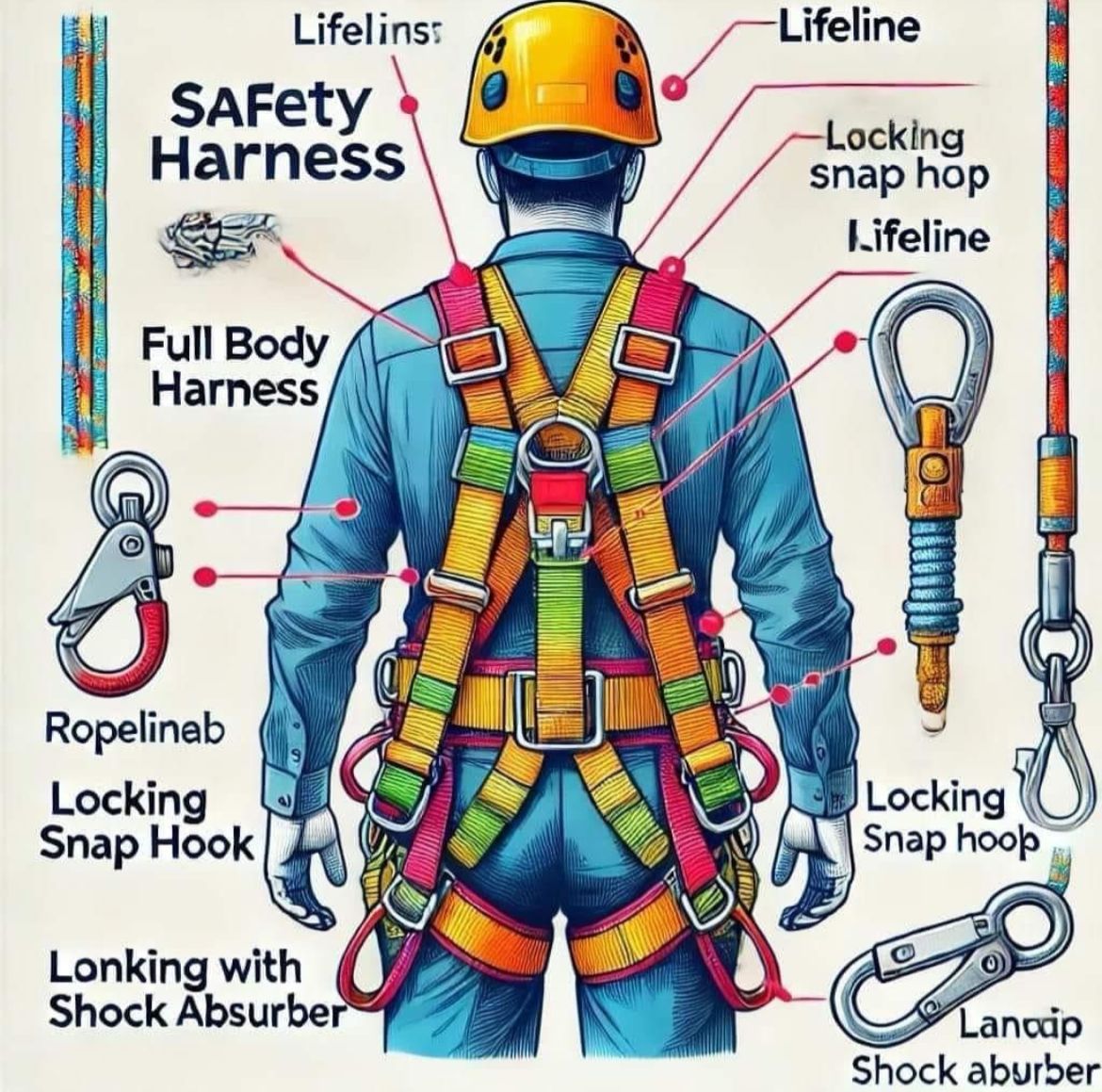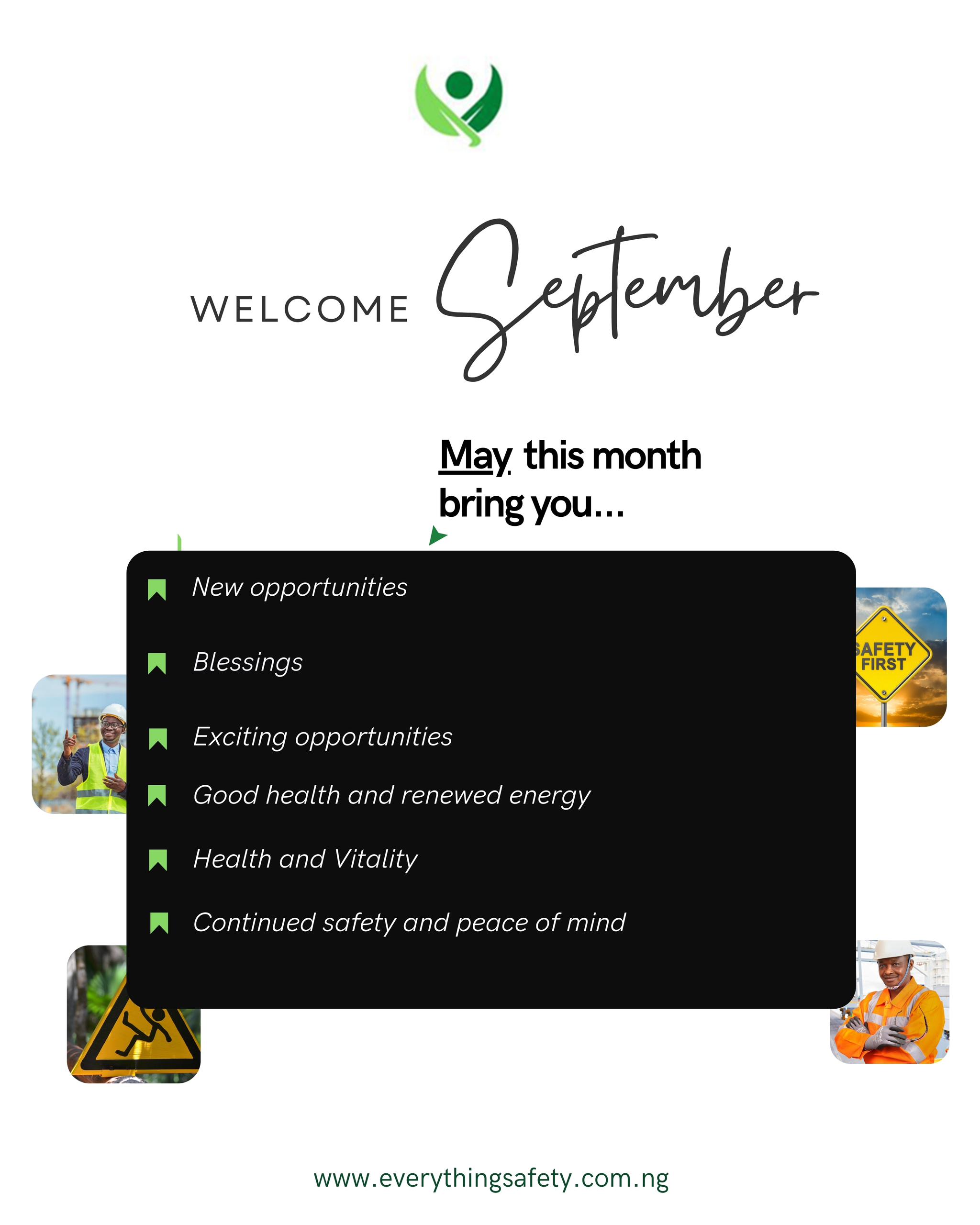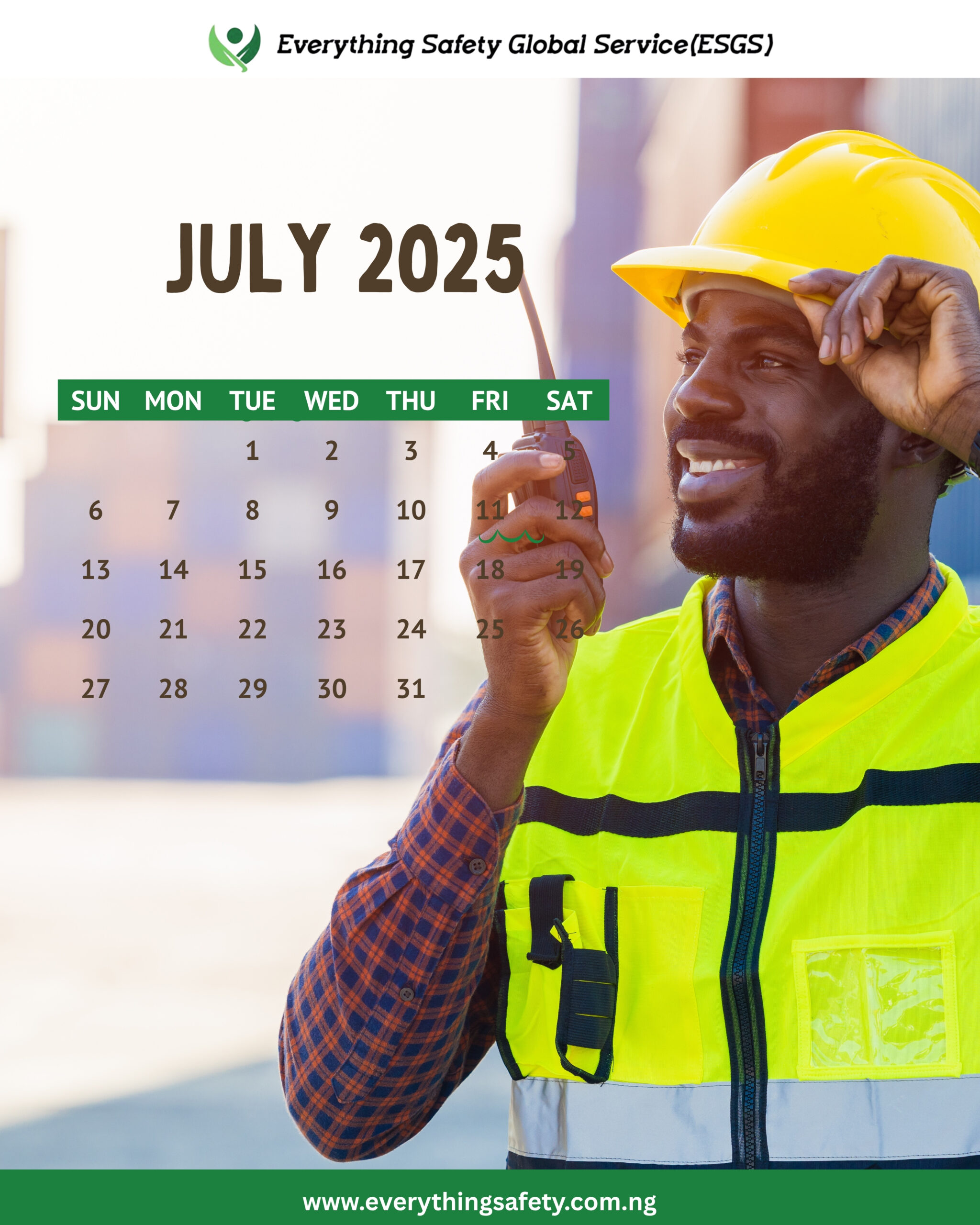The Importance of Full Body Harnesses in Workplace Safety
When working at heights, safety is non-negotiable. A full body harness serves as a vital component in fall protection systems, offering comprehensive safety to workers across industries like construction, maintenance, and emergency response. Here, we explore the components, usage, and importance of this life-saving equipment.

What is a Full Body Harness?
A full body harness is designed to protect workers by distributing the impact force of a fall across the body, minimizing injury. Equipped with straps that wrap around the thighs, hips, chest, shoulders, and back, it ensures that wearers remain upright during and after a fall.
These harnesses include features like D-rings, which allow attachment to fall arrest systems, positioning devices, and rescue equipment. This setup prevents suspension trauma, ensures quicker rescues, and enhances compliance with safety regulations.
Key Components of a Full Body Harness
🔹 Full Body Harness Belt
- Distributes pressure across the entire body during a fall.
- Designed with straps that secure the shoulders, chest, hips, and thighs.
🔹 Lifeline
- A durable elastic or metal rope connecting the worker to a fixed anchor point.
- Comes in horizontal and vertical configurations.
🔹 Rope Grab
- A sliding device on the lifeline that automatically locks in place during a fall.
🔹 Locking Snap Hook
- A strong metal hook used to secure the harness to belt components or anchor points.
🔹 D-Clip Connector
- A D-shaped metal ring located on the back of the harness for attaching ropes or other safety equipment.
🔹 Lanyard with Shock Absorber
- A rope with a built-in shock absorber to reduce impact force during a fall.
How to Use a Full Body Harness
💠 Pre-Use Inspection
- Check for any wear or damage on the harness and its components.
- Ensure that all hooks and straps are intact.
💠 Proper Fit
- Wear the harness snugly and comfortably, with straps secured.
- Position the D-Clip at the center of your back for optimal safety.
💠 Securing to an Anchor Point
- Use the locking snap hook to attach to a secure anchor point meeting OSHA’s specifications (typically 5,000 pounds).
💠 Adjusting Components
- Ensure the rope grab is correctly attached to the lifeline.
- Verify that the shock absorber is functioning properly.
💠 Periodic Checks During Use
- Regularly inspect the integrity and safety of the harness components while in use.
💠 Post-Use Storage
- Clean the harness thoroughly and store it in a cool, dry place away from heat and chemicals.
Why It Matters
Investing in high-quality full body harnesses is more than just compliance—it’s about saving lives. By equipping workers with reliable fall protection systems and training them on proper usage, organizations can foster safer workplaces while minimizing accidents and injuries.
Safety is everyone’s responsibility. Equip your team with the best tools and knowledge to ensure every worker goes home safe.




